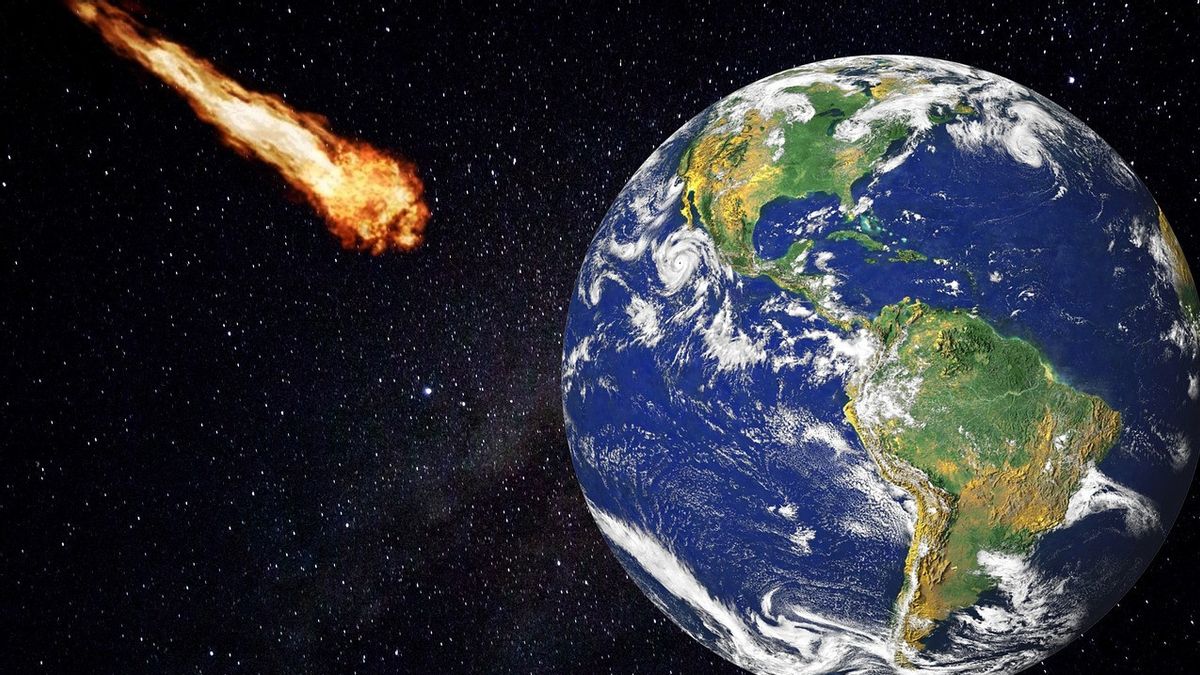JAKARTA - Tonight an asteroid four times the size of the Empire State Building or 1,800 meters will cross Earth, dubbed asteroid 1989 JA (7335).
This celestial body is categorized as an asteroid that is quite dangerous, but will not cause any effect on Earth, because the distance is still very far.
"Earth is (still) safe, because the asteroid passes at a distance of 10 times the distance between Earth and the Moon," said researcher from the National Institute of Aeronautics and Space (LAPAN), Thomas Djamaluddin to VOI, Friday, May 27.
Asteroid 1988 JA is known to orbit the sun once every 570 days or so, sometimes dipping a little too close to Earth. On this day, the space rock will swing within about 2.5 million miles (4 million kilometers) of the planet at around 10:26 am EDT.
"It is not classified as a dangerous asteroid because it passes far from Earth," explained Thomas.
As Thomas said, because of the asteroid's great distance it can't even be seen with the naked eye. However, NASA has labeled the asteroid as a potentially dangerous asteroid because it could cause major damage to Earth, if its orbit were changed in such a way that it put the rock on a collision course with Earth.
In addition, its size is also very large 1,800 meters and is relatively close to Earth's orbit. It will be the largest asteroid to make a close approach to Earth during the year, and is expected to accelerate at about 47,200 mph (76,000 km/h).
However, the asteroid 1989 JA will not fly near Earth again until June 23, 2055, when it will pass about 70 times farther from Earth than the Moon.
Launching Live Science, this asteroid is one of more than 29,000 near-Earth objects (NEOs) that NASA tracks every year. NEO refers to an astronomical object that will pass within about 30 million miles (48 million km) of Earth's orbit.
Furthermore, asteroid 1989 JA is also an Apollo class asteroid, which is a celestial body that orbits the sun while periodically crossing Earth's orbit.
To prevent the posed danger, NASA is currently testing the possibility of dropping a potentially dangerous asteroid off course using a rocket launched from Earth.
In November 2021, NASA launched a spacecraft called the Double Asteroid Redirection Test (DART), which will collide head-on with the 530-foot-wide (160-meter) asteroid Dimorphos in the fall of 2022. The collision will not destroy the asteroid directly, but it could change course. rock orbit slightly.
The English, Chinese, Japanese, Arabic, and French versions are automatically generated by the AI. So there may still be inaccuracies in translating, please always see Indonesian as our main language. (system supported by DigitalSiber.id)













